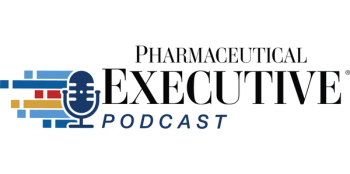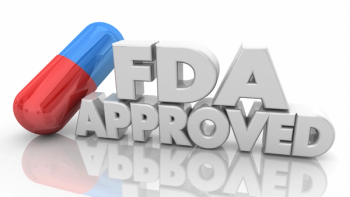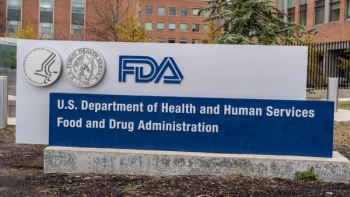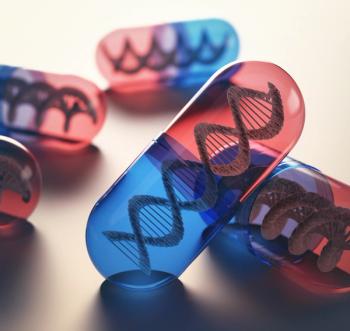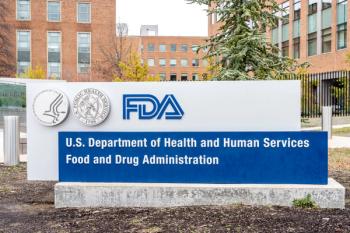
Timing The Right Moment for Peptides to Lead Drug-Resistant Pathogens
Peptilogics Founder and CEO, Jonathan Steckbeck noted that advances in peptide design and safety have positioned the field to address drug-resistant pathogens more effectively.
PE: Why do you believe now is the right moment both scientifically and technologically for peptides to take a leading role in tackling drug-resistant pathogens?
Jonathan Steckbeck: That's a great question. And so for why I think 206, kind of we're at the right time is really related to some of the things that we're able to overcome, particularly as I, as I kind of mentioned earlier, the design based approach, and so in the kind of anti-infective or antibacterial Space, peptides have had a challenge, mostly associated with toxin safety. So when you put them into humans, they're not terribly safe. That was one of the things we tried to specifically address with 206 during the design process, was, how could we design the molecule to essentially decouple the activity characteristics, so that the good, the good attributes of it from the toxin safety problems. And you know, all the data that we have till now has showed that we have been able to do that, so we don't see any of the toxin safety concerns. So I think really, the main driver of kind of Why 206, is good now, is because we've really been able to demonstrate clinically so in humans that we don't really have a lot of the same toxin safety concerns that have plagued this class of molecules for since their kind of early discovery in the 1980s
PE: What are the biggest scientific or regulatory milestones ahead and how are you preparing Peptilogics to meet them?
Steckbeck: So I think the biggest kind of milestones that are upcoming is really in a couple things. One, you know, it's always exciting to get your the drug and treat your first patient, which we're planning for and shooting for later this year. And then I think the next big milestone would be the Phase II data. So we're developing, you know, we're doing this as a Phase II/IIIAdaptive study, and so getting that Phase II data, which will allow us to then do a sample size re estimation for the phase three that's the next real big milestone.
Newsletter
Lead with insight with the Pharmaceutical Executive newsletter, featuring strategic analysis, leadership trends, and market intelligence for biopharma decision-makers.

